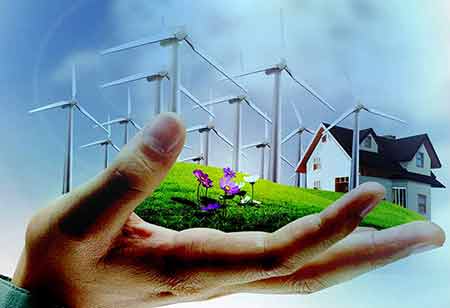Thank you for Subscribing to Energy Business Review Weekly Brief
Important Details Regarding Offshore Wind Energy.
Several firms create creative floating offshore wind platforms to employ in deep waters.

By
Energy Business Review | Friday, June 03, 2022
Stay ahead of the industry with exclusive feature stories on the top companies, expert insights and the latest news delivered straight to your inbox. Subscribe today.
Offshore winds are typically more robust during the day, meaning electricity generation is more reliable and productive when usage demand is peak.
FREMONT, CA: By supplying vast volumes of clean, green energy to satisfy cities’ power requirements along the U.S. coasts, offshore winds have various benefits. Some of the other anonymous facets of offshore wind energy are given below.
Offshore Wind Turbines Can Float:
Several firms create creative floating offshore wind platforms to employ in deep waters. The tension leg platform, spar-buoy, and semi-submersible are three different floating platforms.
Offshore Wind is Right on Time:
Offshore winds are generally more robust during the day, meaning electricity generation is more reliable and productive when usage demand is peak. When energy demands are minor, most land-based wind resources are better at night.
Components of Offshore Wind Get Bigger:
The elements of offshore wind turbines are transported through ships and barges, which reduces some of the logistical challenges facing wind components, like narrow roads and tunnels. These parts allow wind developers in offshore countries to create giant wind turbines that produce more electricity, but working at sea is their challenge.
The majority of the United States Offshore Wind Resources are in Deep Waters:
Most of the offshore wind resources of the country, about 60 %, are placed in areas where water is so low that standard bases—large piles of steel or seabed structures—are not practical. U.S. offshore wind developments create a comprehensive set of the basis for specific locations.
Offshore Wind Farms Use Undersea Cables to Transfer Electricity to the Grid:
Offshore wind turbines produce electricity and travel back to the land through cables entering the seafloor. This electricity is given by coastal charging centers, which offer the electricity and deliver it using the electric grid to power the residences, schools, and enterprises.






